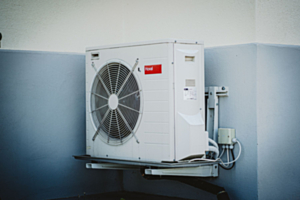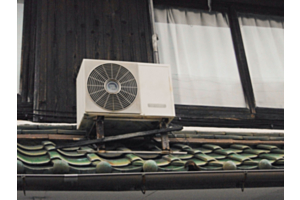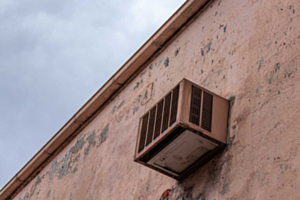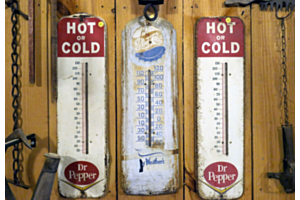How to Use Our HVAC Load Calculator

Here at PowerSave AC, your online ductless mini split retailer, we want to help you make the best cooling and heating choices for your home or commercial building. If you’re thinking about buying a ductless mini split system for the first time, then you may have a lot of questions. For instance, which heating or cooling capacity does your home need?
We’re happy to answer those questions with our HVAC load calculator, which is available to use for free on our website. Depending on the level of humidity you get in your neck of the woods as well as the temperature, your HVAC load may be higher or lower.
Going too small is rarely a good idea, as your cooling unit may suck up excess humidity, which can leave your skin dry, not to mention your nasal passages as well. The unit also can’t reach the temperature you want your home to be, so it will struggle all day and night. This can shorten the lifespan of the unit and cost you more money on your energy bills.
Our HVAC load calculator will tell you the exact cooling load in BTUs as well as the recommended equipment capacity in BTUs for your home or commercial building. We’ll even redirect you to shopping links for ductless mini splits that meet your cooling and heating specifications.
There’s a lot to our HVAC load calculator, so let’s walk you through how to use it now.
First, you need to choose your region. The United States is broken into regions based on temperature. More southern states are Region #1, which is hotter, and northern states are Region #5, which is colder. Use our accompanying map to select the region that fits your area.
Next, you need to measure the room or rooms that you want the mini splits in. Convert the measurements to square feet. We need the height of the space too in feet. An average room is eight feet tall, FYI.
After that, tell us how well insulated your home is, and be honest. If your home lacks insulation, then it will need more heating power versus a well-insulated home. We also need to know how much sun your home gets, either strong, average, or weak sun (lots of shade). Like insulation, this is an important value to measure.
Then count how many windows you have, as that determines how much light and heat gets in, as does the type of windows. Double-paned windows that are well-sealed will retain air temperature a lot better than single-paned windows without a seal.
Let us know if you want a sunroom heated or cooled, then tell us how many people live in the home so we can sort out the calculation load.
Finally, provide information on your lighting, such as whether your home uses incandescent bulbs, LEDs, halogen bulbs, or fluorescents as well as the number of lights. We ask if you have a kitchen because appliances create heat, even ones that run all the time such as the freezer and fridge.
Now that you see how easy it is to calculate your ductless mini split load, you’re one step closer to more efficiently heating and cooling your home with a mini split system!






